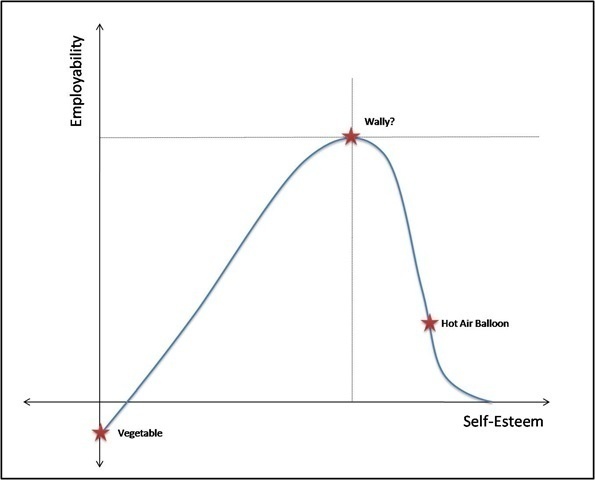It’s times like these when supporting a good cause gives you fulfillment. When you make a difference by adding to the cause … not monetarily, not through force but through faith.
A friend recently made the leap of faith from Windows to Ubuntu, you can read her first hand review here. It does include the slight apprehension, the initial teething problems … but the story also has elements which make it a good technology script … the need, the learning curve and the triumph!! Here’s an excerpt –
It’s been a month since I first grappled with the overly sensitive mouse pointer on my brand new OS. Having solved that and many other problems (whether by exploring the functionalities, or plain screaming murder at Prasad and Ankit – our IT-literate friends), I seem to have adjusted surprisingly well to it. Phantoms of Linux have turned out to be bigger than Linux itself. Its fast. Its intelligent (use it and you’ll see what I mean by that). It has multiple workspaces. Which means you can chat and browse on another workspace without those irritating colleagues, who have the habit of peering into your screen and shaking their judgmental heads, ever finding out! So far, so good!
The point I am trying to make is that often people will sit on the fence when their knowledge about a technical product is low, the goal then is not to push the product, but to give as much information as possible but wait for the user to make the leap of faith.
I see this happen at work almost every day … we call it creative faith. The technology involved may not be related to computers, but it can be as abstruse if not more. So, the next time you are involved in selling a complex solution, try some faith instead.




